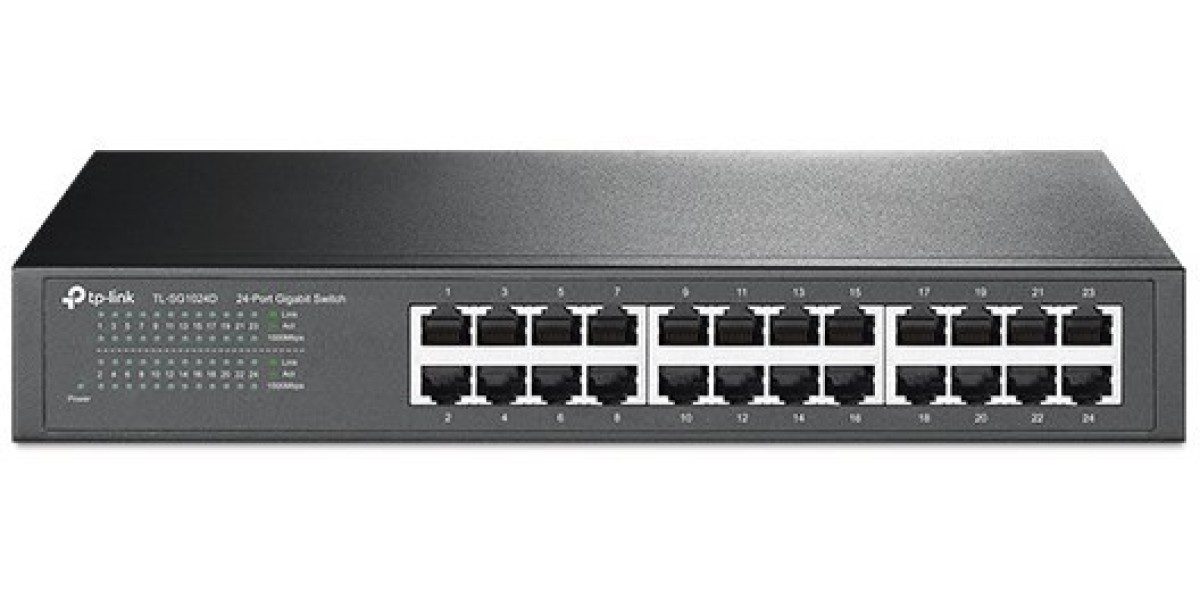When setting up a network for your home or business, selecting the right network switch is crucial. With so many options on the market, understanding key features like port count, speed, and Power over Ethernet (PoE) capabilities can help you make the best decision. This guide will walk you through what to look for in a network switch to ensure your setup is both efficient and future-proof.
1. Port Count
The number of ports on a network switch directly affects the number of devices you can connect. For home use, a smaller switch with 8 to 16 ports may suffice, but for growing businesses or more complex networks, you’ll need a switch with more connectivity options.
For example, the USW-Enterprise-48-PoE is ideal for larger enterprises, offering 48 ports to accommodate a high volume of connected devices. Meanwhile, the Aruba 2530–24G-PoE+ Switch (J9773A) is perfect for small to medium-sized networks with its 24 ports, providing both flexibility and scalability.
2. Speed and Throughput
Speed is a critical factor, especially when handling high data traffic. Most modern switches support Gigabit Ethernet, but if you’re working with a large network that demands even faster speeds, consider a switch with 10 Gigabit Ethernet capabilities, such as the USW-Aggregation, which offers high-speed aggregation for enterprise-level networks.
3. Power over Ethernet (PoE)
Power over Ethernet (PoE) allows the switch to power devices like IP cameras, VoIP phones, and wireless access points through the network cable, eliminating the need for separate power sources. This feature is a must-have for both home and business networks, as it simplifies device installation and reduces cable clutter. The USW-Enterprise-48-PoE and Aruba 2530–24G-PoE+ Switch (J9773A) both support PoE, making them great choices for businesses that rely on networked devices like wireless access points or security cameras.
4. Managed vs. Unmanaged Switches
For simple home networks, an unmanaged switch that automatically configures itself may be all you need. However, if your network demands more control and customization, consider a managed switch. Managed switches offer advanced features like VLANs (Virtual Local Area Networks), traffic prioritization, and remote management. The JL255A is an example of a switch that offers managed capabilities, giving you more control over your network settings and performance.
Conclusion
When choosing the right network switch, consider factors like port count, speed, and PoE support based on your specific needs. For home networks, a simple network switch for home use may suffice, but for business environments requiring high-speed connections, device management, and scalability, switches like the USW-Enterprise-48-PoE, Aruba 2530–24G-PoE+ Switch (J9773A), and USW-Aggregation are excellent options.
By understanding the key features and your specific requirements, you can make an informed decision that ensures your network is fast, reliable, and able to grow with your needs.
Naijamatta is a social networking site,
download Naijamatta from Google play store or visit www.naijamatta.com to register. You can post, comment, do voice and video call, join and open group, go live etc. Join Naijamatta family, the Green app.
Click To Download
